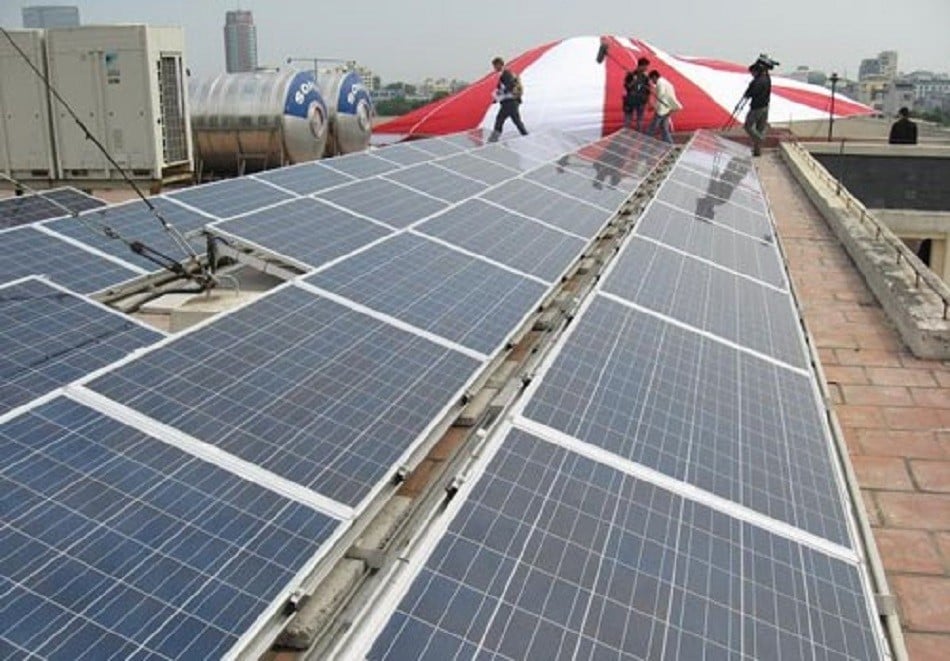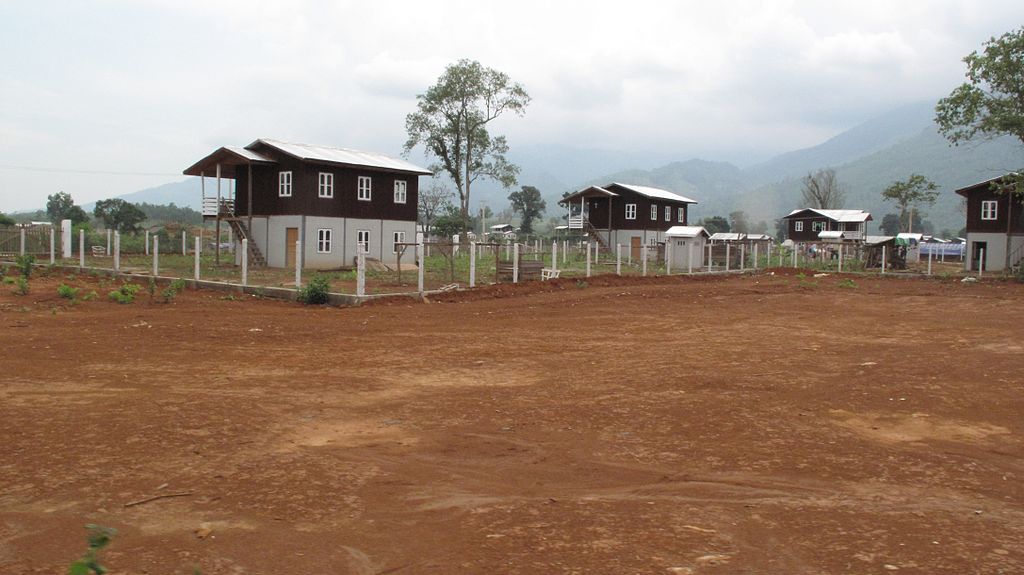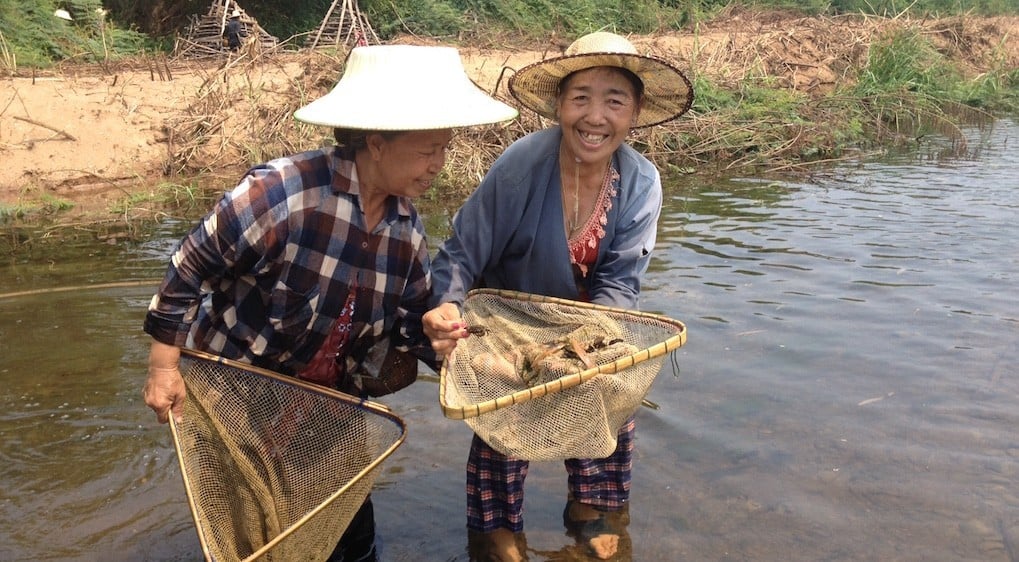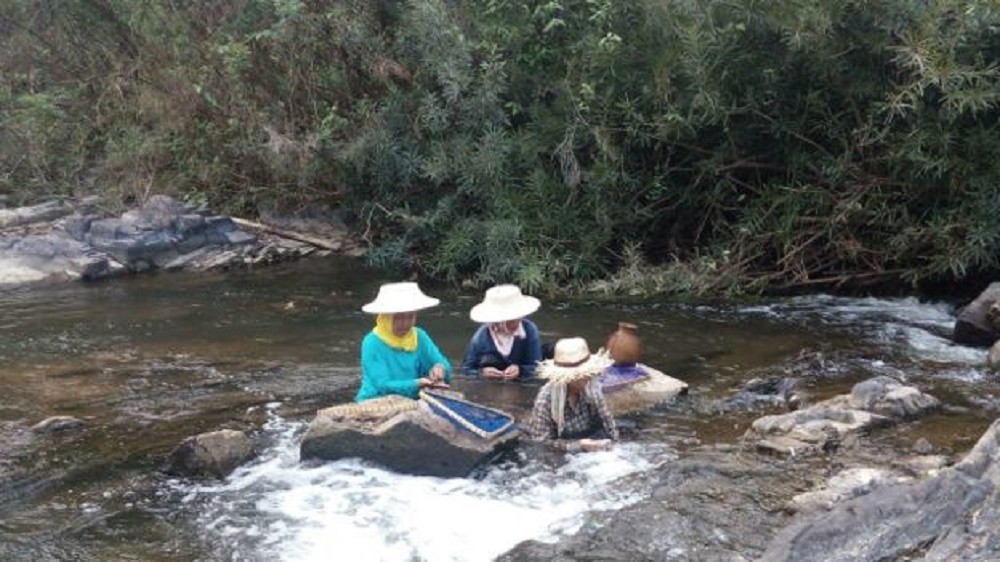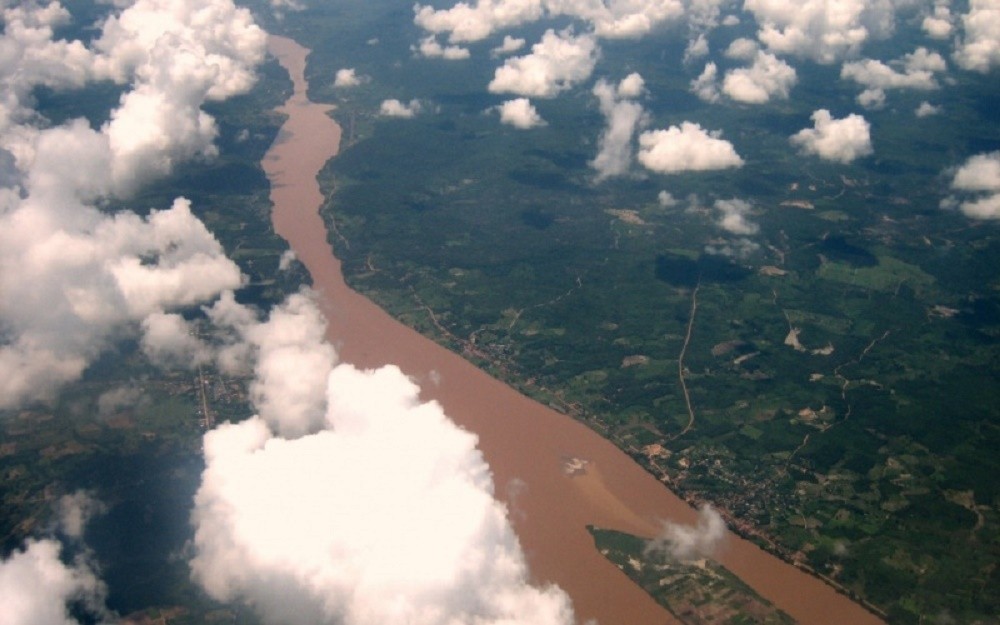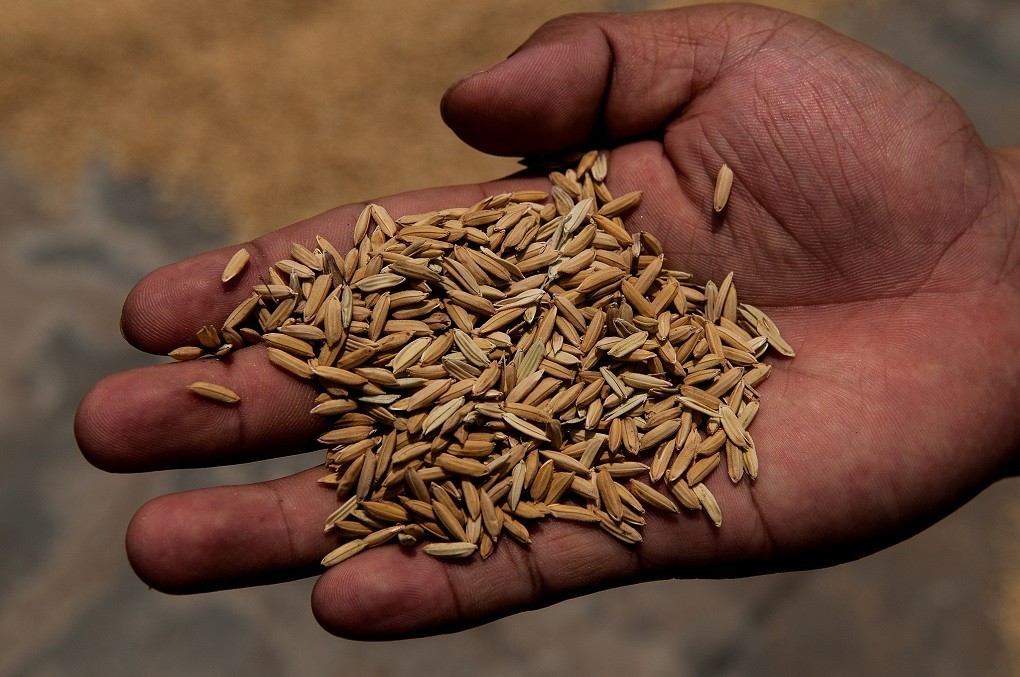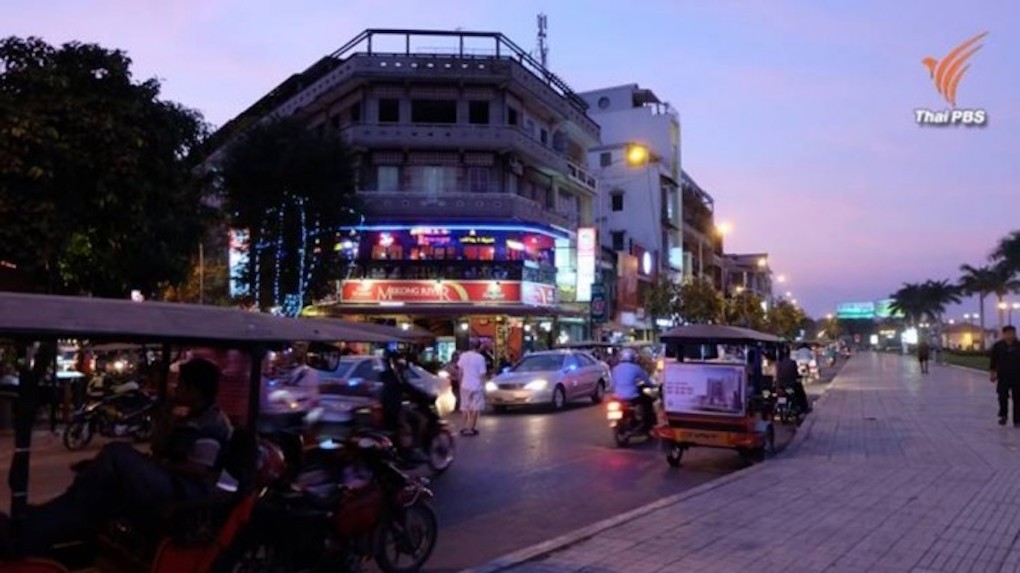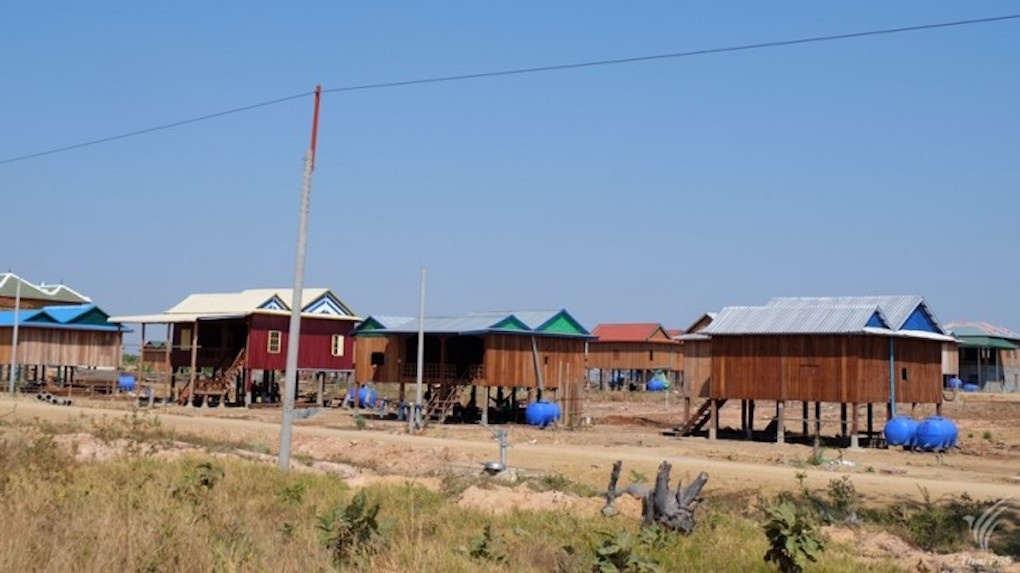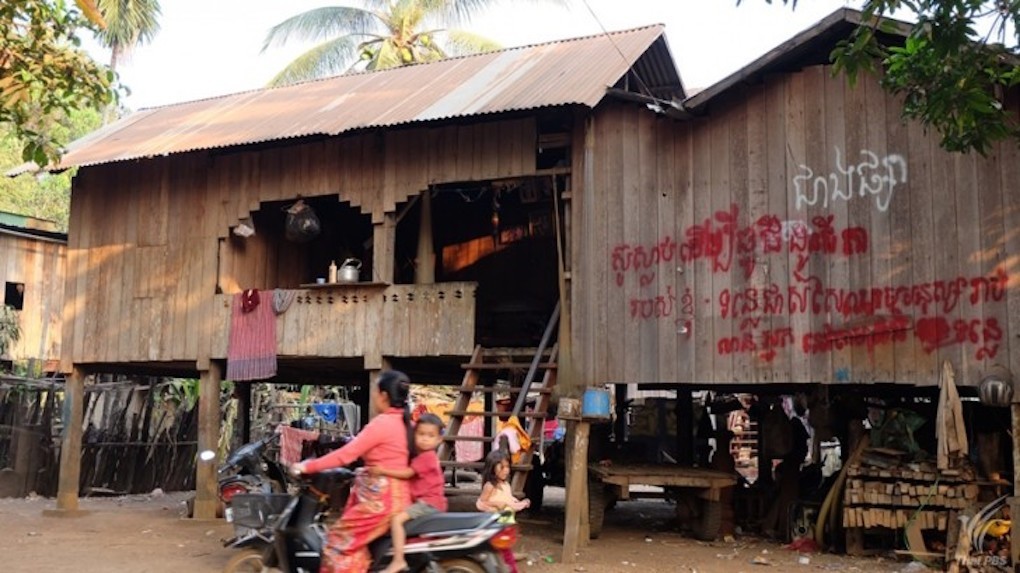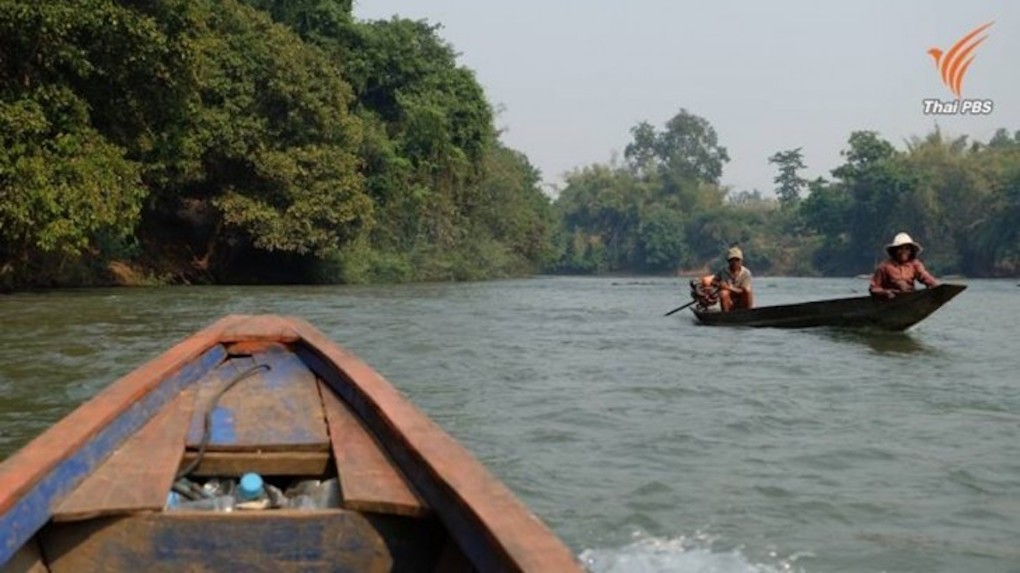Solar energy is a clean and available energy source. If this renewable energy source is used effectively, then the deforestation from hydropower construction will not happen anymore. Vietnam and Cambodia are two countries in South East Asia that have advantages in solar energy sources.
Category: Region
Selected environmental stories from media outlets in the Mekong region and beyond.
Chinese Delegation Visits Myanmar Locals Displaced by Controversial Dam Project
China’s ambassador to Myanmar met on Friday with residents forced to relocate for the construction of the controversial China-backed Myitsone Dam project in Kachin state in a bid to gain local support for the restart of the project, a local resident and state official said.
China wants to resume construction of the U.S. $3.6-billion hydropower project, which was temporarily halted by former President Thein Sein in 2011, Ambassador Hong Liang told Kachin Chief Minister Khent Aung and his cabinet during his first visit to the state.
Diverting the Mekong River into Thailand: The Khong-Loei-Chi-Mun project
Extensive irrigated agriculture in Northeast Thailand has long been a dream of the Royal Irrigation Department (RID). Over the decades, various visions have been expounded but never fulfilled, including the Green Isan Project in the early 1980s, the Khong-Chi-Mun Project in the late 1980s and 1990s, and the Water Grid Project in the early 2000s. Local communities and civil society have often challenged these projects, questioning the project’s economics and potential environmental and social impacts.
Recently, the RID has reinvigorated its irrigation plans through the “Mekong-Loei-Chi-Mun River Management and Diversion by Gravity in the Northeast” project. It entails diverting water from the Mekong River’s mainstream into the Loei River in Northeastern Thailand, which would then be connected via tunnels to the Chi and Mun Rivers.
Mekong Drought and Water War
Klang Village is located next to Loei river of Loei province, Thailand. In this area, there will be a project name Kong – Loei- Chi-Mun. This project aims to storage water for Thailand by dredging the Loei River further 5m deeply and spreading 250m wide of Loei estuaries. In addition, around 24 tunnels will be constructed at the bottom of the Loei river so there will more water volume from Mekong river flowing into Loei river, then to Chi and Mun river that help keep water for dry season in Thailand.
The head of Klang Village, Ms Sorarat Kaeswsa worried that if the river bottom is dredged, then there will be no fish anymore for their livelihoods. For many years their life has been based on this Loei river. The project director with the Thailand irrigation department, Ms Chawee Wongprasittiporn, said that the project will construct 1 to 2 tunnels first to see how water flows from the Mekong River to Loei River. Then they will decide about continuing construction or revising the plan.
Why the Mekong River is Asia’s next big investment locale
Japan recently announced a three-year, $7 billion investment deal to improve the infrastructure of the lower Mekong River region. This deal is a move to offset China’s growing economic influence within the region. Furthermore, because of geopolitical reasons, it will be beneficial to Japanese investors who may be dissuaded from other regions, such as Russia.
A Thirsty Mekong Delta
Located at the end of the Mekong River basin, the Mekong Delta in Vietnam is currently experiencing the most severe drought and salinity intrusion in 100 years.
According to experts, the principal reason is development activities in GMS countries related to the use of the Mekong River’s water resources, including the operation and construction of mega-dams along the river as well as water diversion for agricultural purposes.
Harnessing Sesan River (Part 4): Hydroelectric dam: A new hope for Cambodia’s development, economy and better livelihood of the people
A major blackout in Phnom Penh and 24 provinces across the country on the night of November 26, 2015 became front-page headline news in Cambodia.
Harnessing Sesan River (Part 3): Living a new life in resettlement areas
For many of the 500 families in Srekor villages and six other villages in Stung Treng province of Cambodia, life will never be the same when they are moved to resettlement areas following the completion of the Sesan II dam.
Harnessing Sesan River (Part 2): Voices from another village facing evacuation to make way for a dam
Srekor village in Stung Treng province of Cambodia is another village destined to be evacuated to pave way for the construction of the lower Sesan II dam which is now 50 percent complete.
Harnessing Sesan River (Part 1): the choice between fish or electricity
“I can’t say whether fish and electricity can substitute each other…” so said Sana, a 25-year old fisherman of the Sesan river in Stung Treng province of Cambodia when asked by a Thai PBS reporter about the lower Sesan Dam II.


